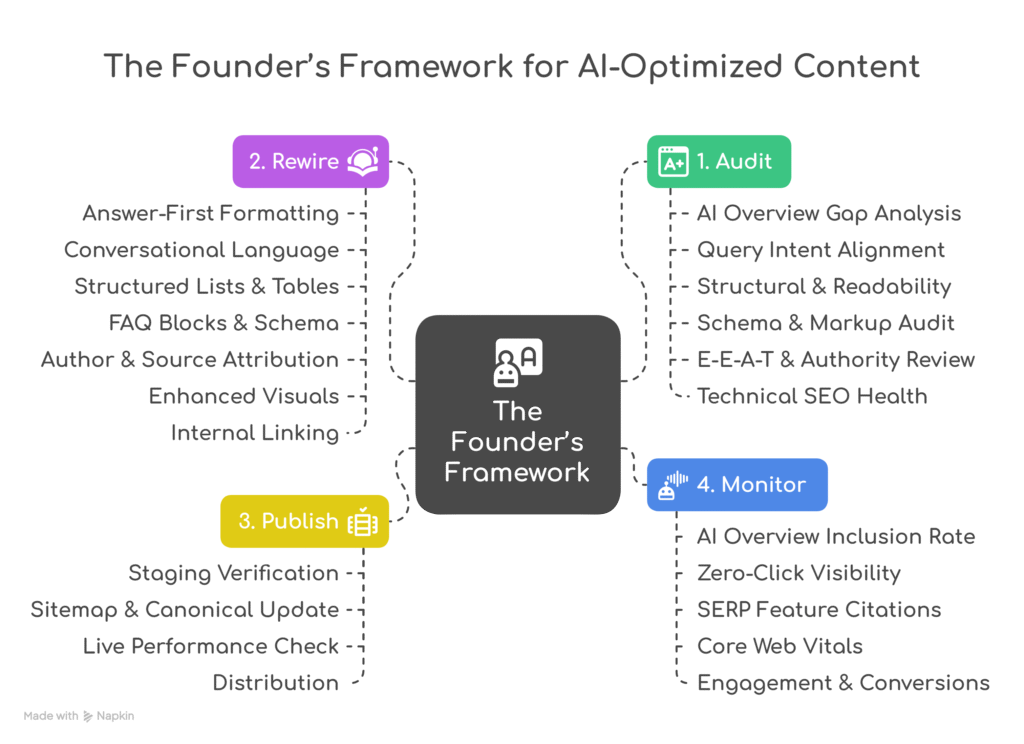
Is your website a content jungle? Do a content audit! This means examining every bit of text on all pages to find out what works, what doesn’t, and what should be removed altogether. This is an essential step in any SEO plan because it ensures your posts are valuable, pertinent, and engaging for the people you hope will read them. The numbers are in favor of websites using content audits. A study shows that 63% of businesses do them at least once per year; companies who make this part of their routine can expect to have about 50% more organic traffic!
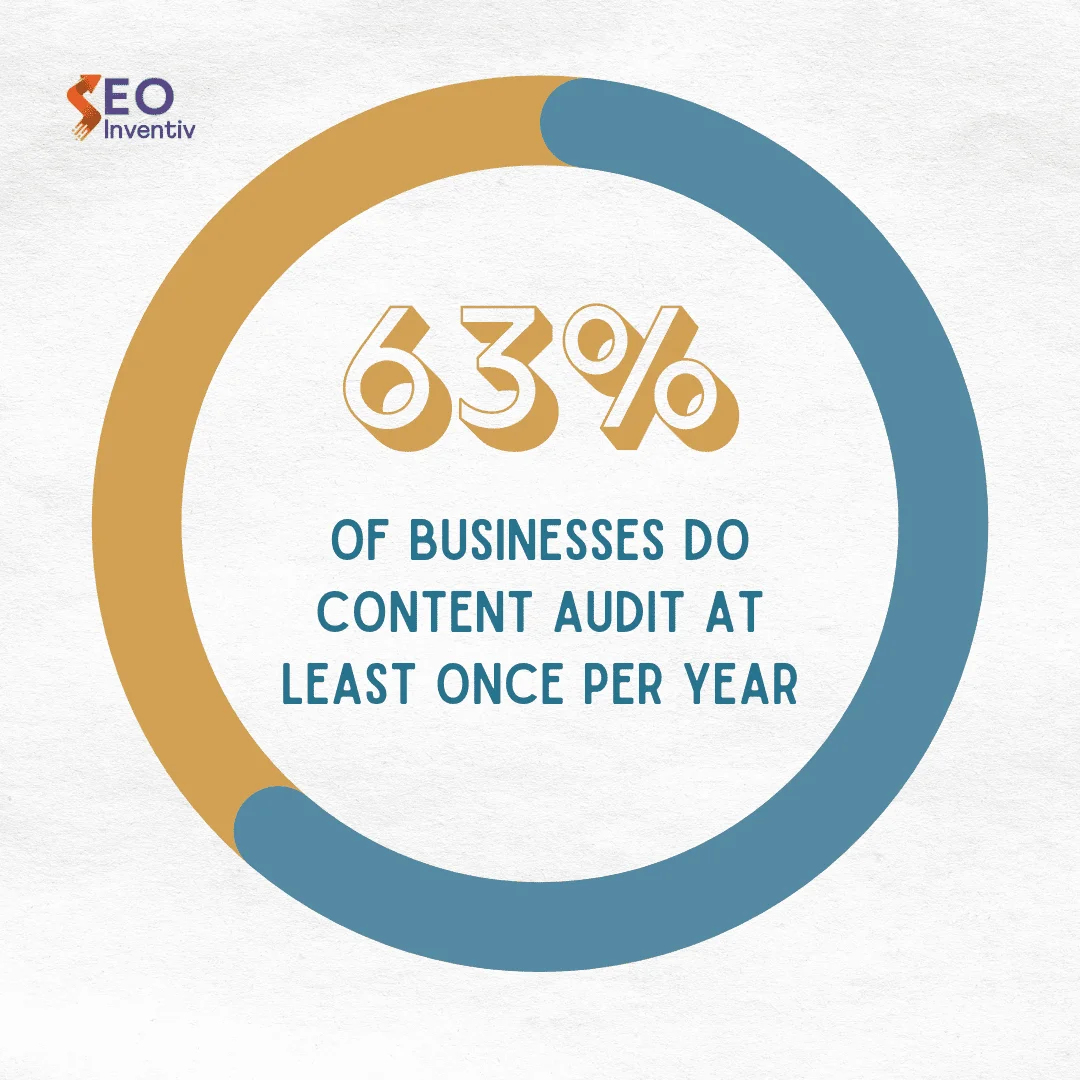
A content marketing audit is not something done once and forgotten about but a constantly changing process that forms the basis of any successful content marketing plan. By identifying achievements, taking lessons from failures, and keeping up with the changes in your industry, you can ensure that your content will do well now and in the future.
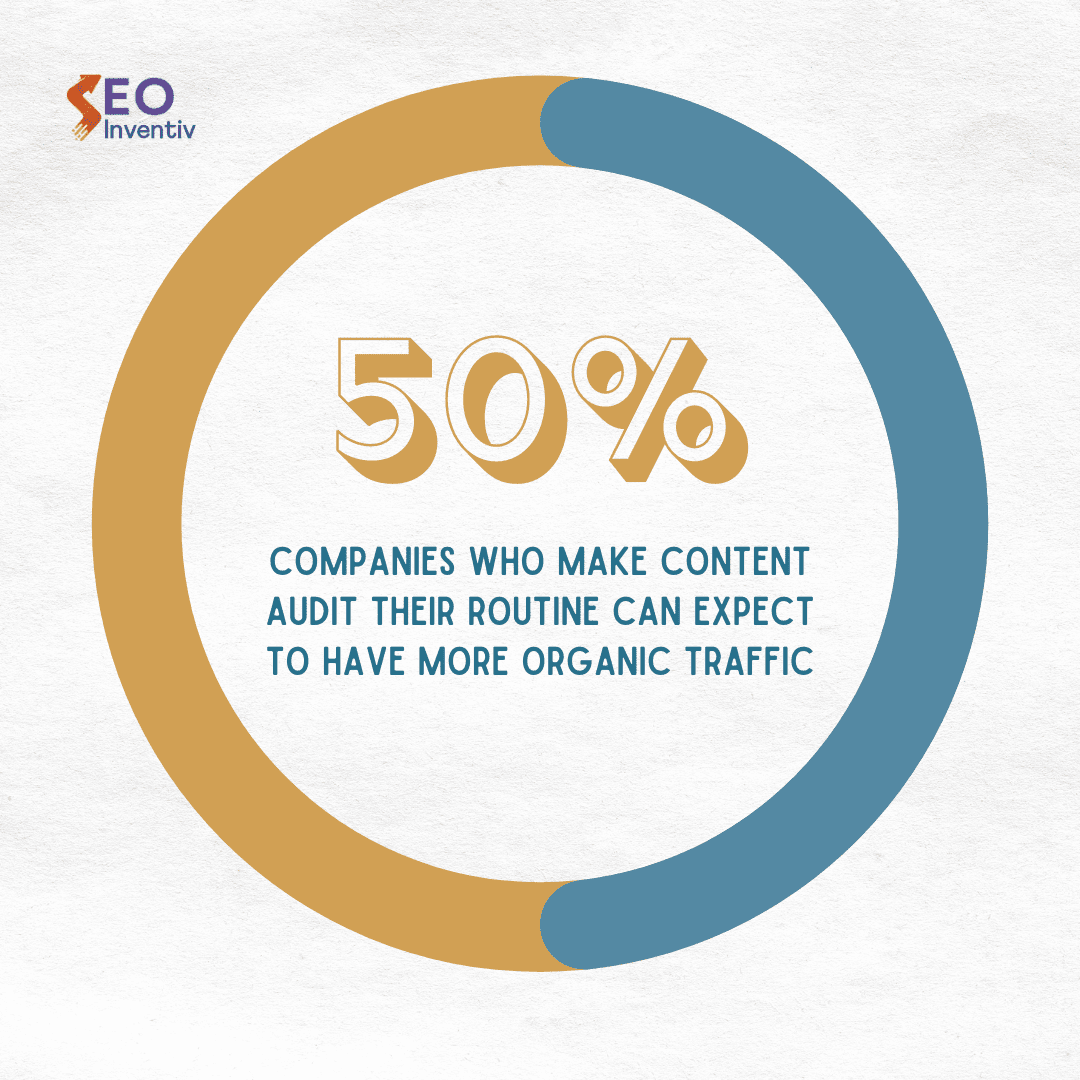
What is Content Audit?
A content audit, also known as a website content audit or web content audit, is an evaluation process that encompasses reviewing and analyzing all of the content on your site. It allows you to see how well your content is performing with your business goals and find areas for improvement. To move ahead, optimize your content marketing strategy by performing an SEO content audit with the help of website content audit tools, content inventory tools, and content audit checklists. These resources will assist you in a holistic assessment of your website’s current state, including a competitive audit.
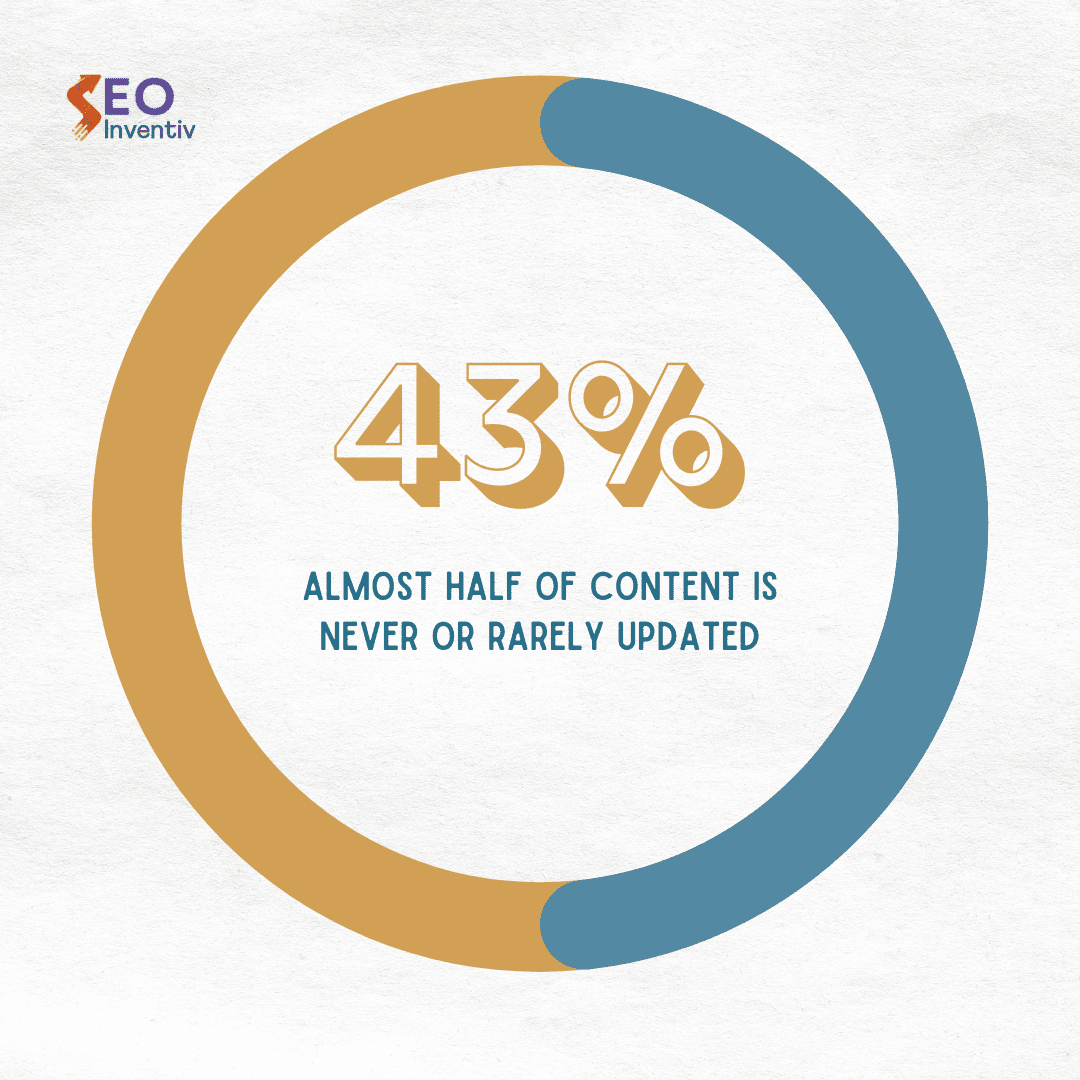
An excellent way to go about this is to check what you have written so far since it may still not be precise enough for people who read it. Through a B2B content audit, you can ensure that your materials are high-quality, pertinent, and engaging to your target audience. It will eventually lead to better SEO results and more traffic coming to the site through searches made by various engines like Google.
Why is Content Audit Important?
So why should one perform a content marketing audit? Reasons range from recognizing low-performing articles or videos and outdated information to spotting “content cannibalization” (when multiple pieces cover the same topic) or opportunities for improving posts. Additionally, there’s a list of necessary things one has to do while conducting successful website content audits. It includes setting goals, taking stock of available materials, and quality checking. Some content audit tools are also available in this respect.
According to the Content Marketing Institute, almost half (43%) of content is never or rarely updated. This makes businesses open to old information and lost opportunities. But there’s an easy fix: content audits work. They have proven to deliver concrete results time and time again. Companies that make them a priority see their organic traffic increase by 50%. Not only this, but SEO performance has also greatly improved.

How to Do Content Audit Step-by-Step?
In the dynamic field of content marketing, businesses must keep up with the times to stay relevant and grow. One way that can be accomplished is by performing an SEO content audit that evaluates and optimizes assets systematically. First, follow this step-by-step content audit guide through the process of doing a thorough content audit so that your content strategy stays aligned with what you want it to achieve for your business.
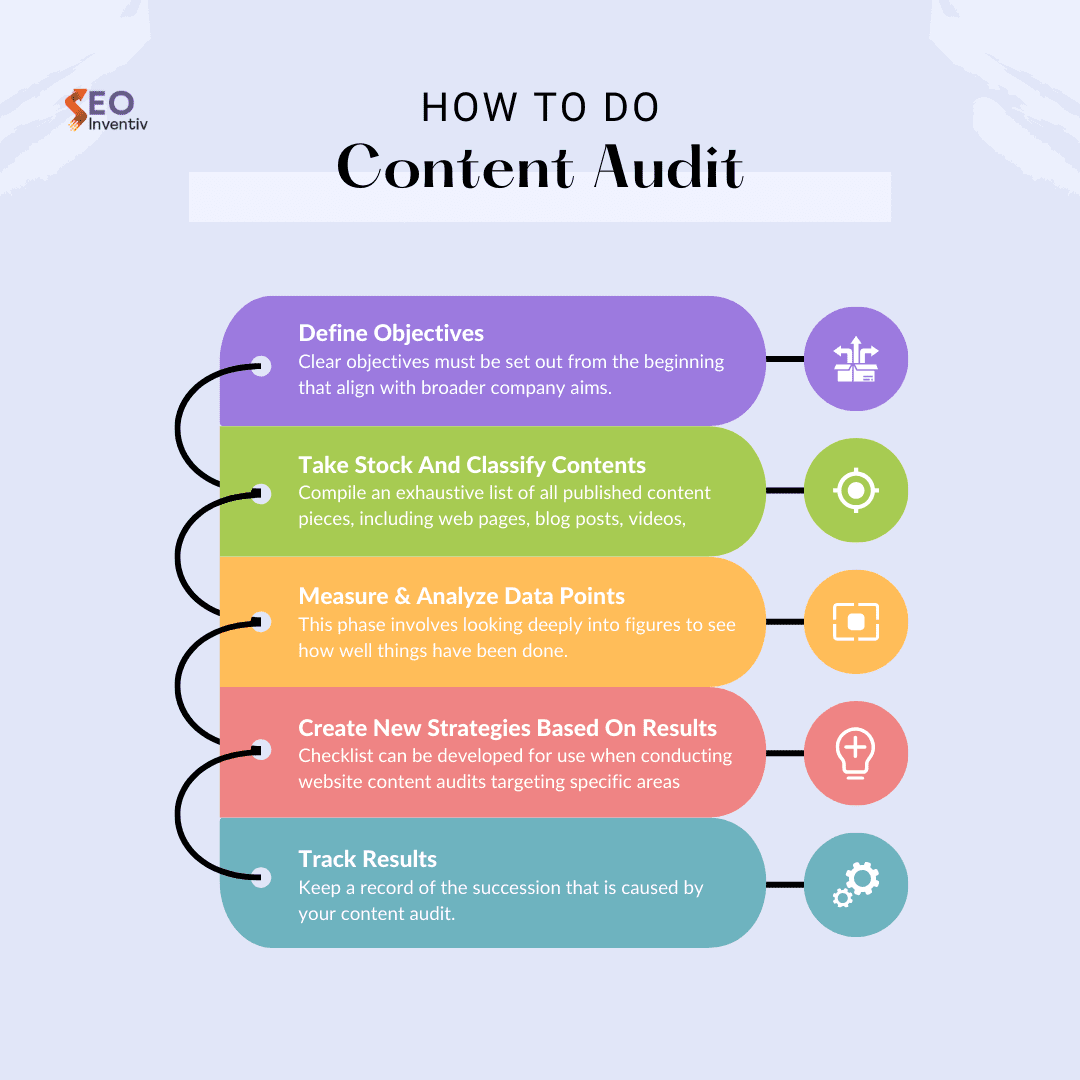
Step 1: Define Objectives
Clear objectives must be set out from the beginning that align with broader company aims. Goals act as foundations upon which competitive content analysis should be conducted. It is necessary to improve SEO performance, increase engagement levels, or refine approaches to creating material.
Step 2: Take Stock And Classify Contents
Compile an exhaustive list of all published content pieces, including web pages, blog posts, videos, etc., using reliable content inventory tools for inventory management within digital marketing like CMS platforms. Organize everything neatly into spreadsheets categorized according to different types such as date published, type, or authorship.
Step 3: Measure & Analyze Data Points
This phase involves looking deeply into figures to see how well things have been done. It must be based on what has been recorded during previous phases while ensuring that tracked stats remain relevant. Check the course of action against areas identified earlier where improvements could be made. Use SEO audit software possessing robust capabilities for tracking performance indicators (KPIs), including organic traffic, social shares, or backlinks. Now, analyze them vis-à-vis for changes observed over time, thus establishing patterns and pinpointing weaknesses requiring remediation.
Step 4: Create New Strategies Based On Results Obtained From Analysis
A checklist can be developed for use when conducting website content audits targeting specific areas that need immediate attention due to their potential impact on user experience (UX), besides other related factors like search engine visibility (SEO). Moreover, this information could also help inform B2B content audits, thereby identifying new topics and formats that may perform well within specific contexts.
Always remember that performing a good content audit is more than just ticking boxes; it’s ensuring all your material remains visible on search engines.
Step 5: Track Results
Don’t think of this as a single occasion! Keep a record of the succession that is caused by your content audit. Record its consequences over time. Track organic traffic, especially to audited content. Monitor keyword rankings, engagement metrics (bounce rate, time on page, conversions), lead generation (if applicable), and social media shares. If you want to know whether your audit was successful, then more visitors mean increased traffic; higher rankings imply better performance, while improved commitment suggests more leads generated from the site, among others.
Transform your digital presence with our Fully Managed SEO Services and take advantage of a free SEO consultation today. Let us optimize your website for success. Visit Fully Managed SEO Services to see how we can help, and book your session at Free SEO Consultation for expert guidance tailored to your needs.
Conclusion
In the digital marketer’s toolkit, content auditing is a useful weapon. It allows businesses to strategically optimize their content for desired business outcomes. Companies can keep their articles up-to-date, exciting, and consistent with their digital marketing strategy by conducting a structured site content audit.
In today’s rapidly changing landscape of online advertising, it is imperative to conduct regular content marketing audits that will enable you to stay ahead of the game at all times; this is where SEO Inventiv comes into play as your best friend. We have knowledge and experience in conducting content audits.
 WhatsApp Now
WhatsApp Now
 +(91) 8700778618
+(91) 8700778618



